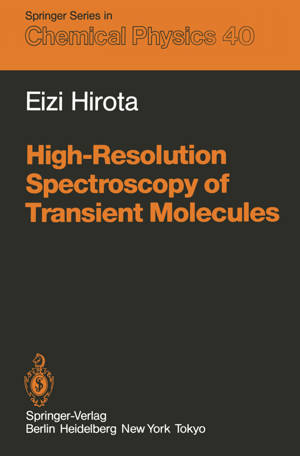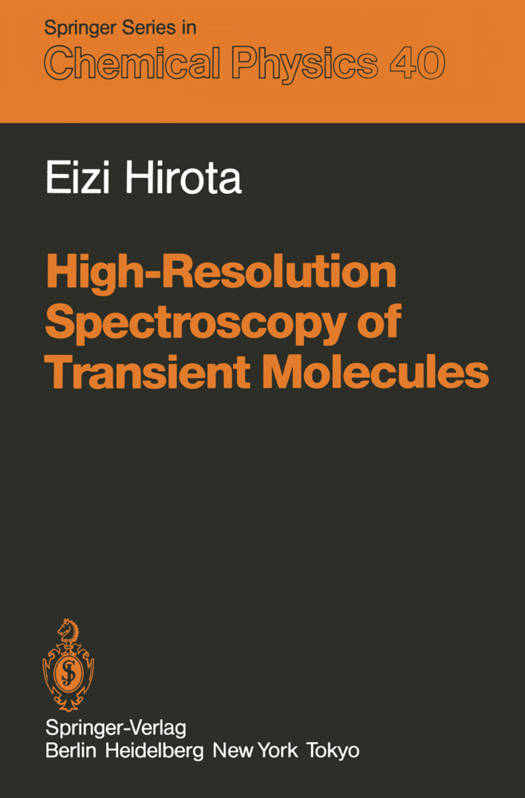
- Afhalen na 1 uur in een winkel met voorraad
- Gratis thuislevering in België vanaf € 30
- Ruim aanbod met 7 miljoen producten
- Afhalen na 1 uur in een winkel met voorraad
- Gratis thuislevering in België vanaf € 30
- Ruim aanbod met 7 miljoen producten
Zoeken
Omschrijving
It is a great challenge in chemistry to clarify every detail of reaction processes. In older days chemists mixed starting materials in a flask and took the resul- tants out of it after a while, leaving all the intermediate steps uncleared as a sort of black box. One had to be content with only changing temperature and pressure to accelerate or decelerate chemical reactions, and there was almost no hope of initiating new reactions. However, a number of new techniques and new methods have been introduced and have provided us with a clue to the examination of the black box of chemical reaction. Flash photolysis, which was invented in the 1950s, is such an example; this method has been combined with high-resolution electronic spectroscopy with photographic recording of the spectra to provide a large amount of precise and detailed data on transient molecules which occur as intermediates during the course of chemical reac- tions. In 1960 a fundamentally new light source was devised, i. e., the laser. When the present author and coworkers started high-resolution spectroscopic stud- ies of transient molecules at a new research institute, the Institute for Molecu- lar Science in Okazaki in 1975, the time was right to exploit this new light source and its microwave precursor in order to shed light on the black box.
Specificaties
Betrokkenen
- Auteur(s):
- Uitgeverij:
Inhoud
- Aantal bladzijden:
- 236
- Taal:
- Engels
- Reeks:
- Reeksnummer:
- nr. 40
Eigenschappen
- Productcode (EAN):
- 9783642824791
- Verschijningsdatum:
- 15/12/2011
- Uitvoering:
- Paperback
- Formaat:
- Trade paperback (VS)
- Afmetingen:
- 156 mm x 234 mm
- Gewicht:
- 358 g

Alleen bij Standaard Boekhandel
+ 295 punten op je klantenkaart van Standaard Boekhandel
Beoordelingen
We publiceren alleen reviews die voldoen aan de voorwaarden voor reviews. Bekijk onze voorwaarden voor reviews.








